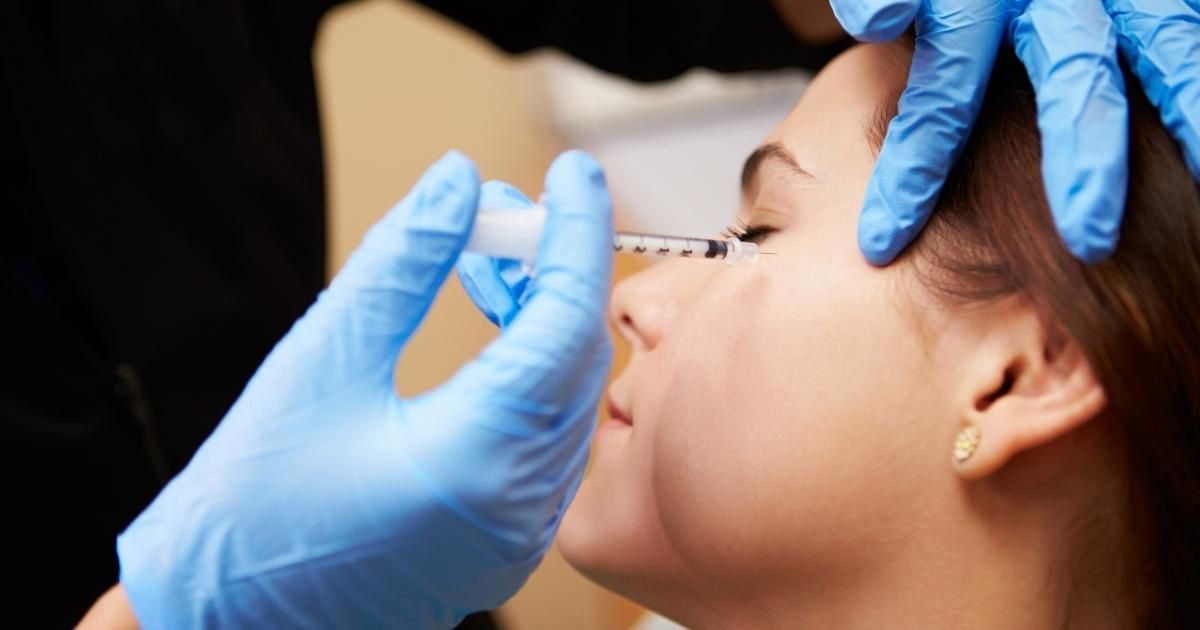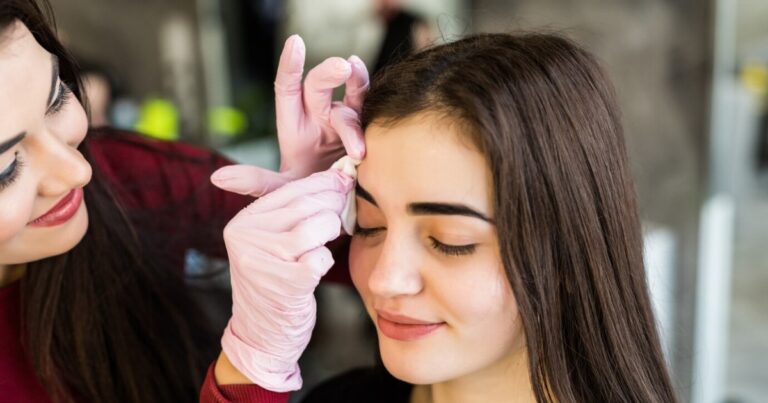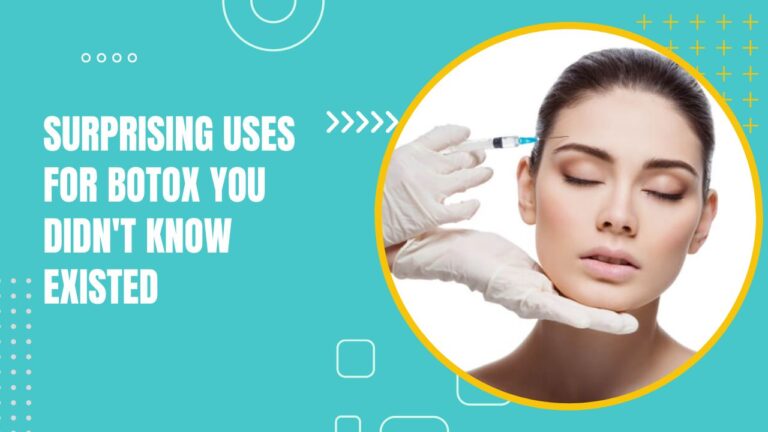Bell’s Palsy is a condition affecting the facial nerves, causing sudden weakness or paralysis on one side of the face. It can result in facial drooping, difficulty closing the eye or smiling, and speech difficulties. Although the exact cause of Bell’s Palsy is unknown, it may be caused by viruses, inflammation, or autoimmune processes.
Botox, a neurotoxin generated from the Clostridium botulinum bacteria, is extensively used for aesthetic purposes to minimise wrinkles. Recent studies have explored Botox injections as a potential treatment option for Bell’s Palsy. The toxin works by temporarily relaxing the affected facial muscles, potentially alleviating the symptoms and improving facial function.
This article will explore whether Botox for Bell’s Palsy can help individuals. We will explore its potential benefits, risks, and effectiveness based on scientific research and medical opinions.
What is Bell’s Palsy?
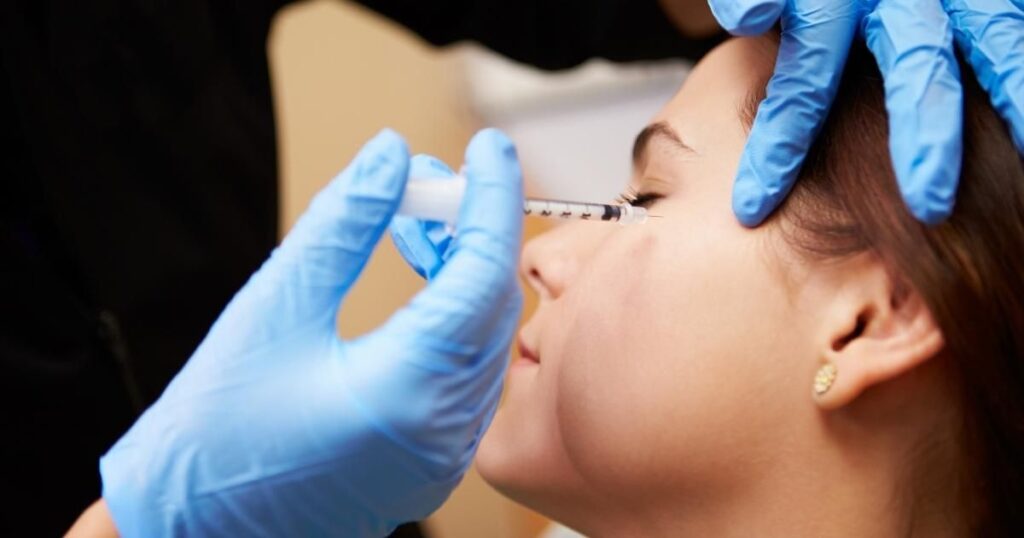
Bell’s Palsy is characterised by sudden weakness or paralysis of facial muscles, usually affecting one side of the face. Bell’s Palsy is unknown in its exact cause. Viral infections, such as herpes simplex, inflammation, or autoimmune responses may cause it. It typically occurs suddenly and reaches its peak within 48 hours. While the condition can be distressing, most individuals recover completely within six months.
Book A Consultation With Dr Tarek Bayazid
Top-rated Plastic Surgeon For Botox in Dubai
Installment Plan Available
How does Botox work?
Botox reduces muscular spasms by preventing the release of acetylcholine, a neurotransmitter. Botox injections temporarily paralyse or relax the targeted muscles by inhibiting communication between nerves and muscles. In the case of Bell’s Palsy, injecting Botox into the affected facial muscles can alleviate muscle spasms and improve muscle symmetry, allowing for a more balanced appearance.
Can Botox help with Bell’s Palsy?
Botox injections may offer some benefits for individuals with Bell’s Palsy. The Journal of Neurology published a study in which Botox injections significantly improved facial symmetry and functional outcomes for patients with long-standing Bell’s Palsy. Another study published in the Journal of Plastic, Reconstructive & Aesthetic Surgery reported that Botox injections improved facial muscle function and quality of life in individuals with chronic Bell’s Palsy.
The use of Botox for Bell’s Palsy as a standard treatment has yet to be widely accepted or approved despite the encouraging results of these studies. Long-term effectiveness, optimal dosage, and possible side effects require more research.
What are the Potential benefits of Botox for Bell’s Palsy?
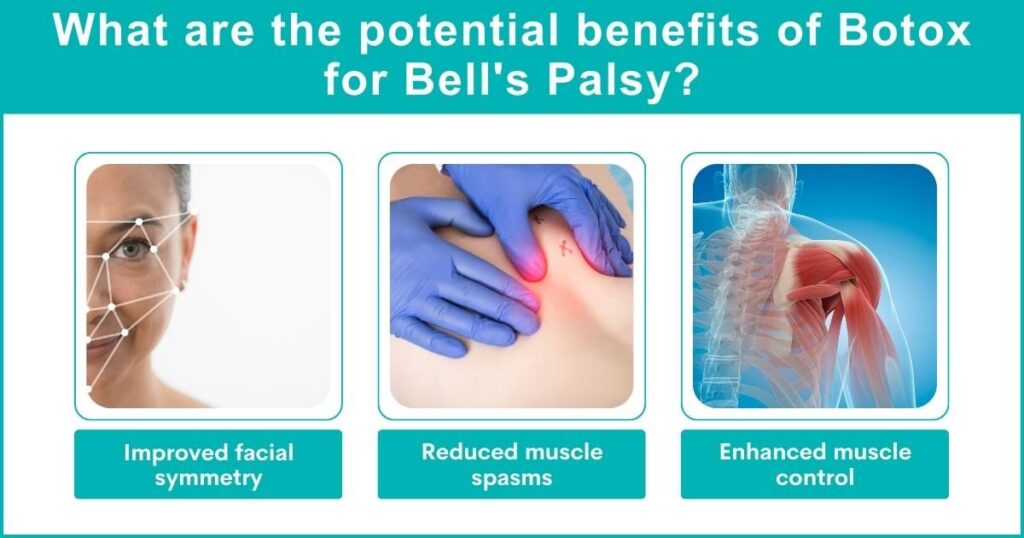
The following are some benefits:
| Benefit | Description |
| Improved facial symmetry | Botox injections can help relax overactive muscles on the unaffected side of the face, resulting in improved facial symmetry. |
| Reduced muscle spasms | Botox may alleviate muscle spasms in the affected facial muscles, reducing discomfort and enhancing facial function. |
| Enhanced muscle control | By temporarily relaxing specific muscles, Botox can assist in regaining control over facial expressions, such as smiling and blinking. |
| Prevention of synkinesis | Synkinesis is when the affected muscles start to contract involuntarily when other muscles contract voluntarily. Botox can help to prevent synkinesis by relaxing the affected muscles and preventing them from contracting involuntarily. |
| Improved quality of life | Botox can help to improve the quality of life for people with Bell’s Palsy by reducing discomfort and improving the appearance of the face. |
Understanding the Causes of Bell’s Palsy
Despite its prevalence, the exact cause of Bell’s palsy remains elusive. But here are several possible explanations:
- Viral infections: Cold sores are caused by the herpes simplex virus type 1, which is commonly related to Bell’s Palsy. The development of Bell’s Palsy has also been linked to other viral infections, such as respiratory infections and viral meningitis.
- Inflammation: The development of Bell’s Palsy is believed to be influenced by facial nerve inflammation or neuritis. Virus infections and other triggers account for most cases of inflammation, but the precise origin of inflammation is still unknown.
- Autoimmune response: Some researchers believe that Bell’s Palsy may be an autoimmune disorder, where the immune system mistakenly attacks the facial nerve, leading to its inflammation and subsequent paralysis.
- Genetic predisposition: Bell’s Palsy is thought to have genetic predispositions, but the exact factors contributing to this condition are not apparent. Family members of people with Bell’s Palsy may be more likely to suffer from the disease.
- Other factors: Several additional factors may increase Bell’s Palsy risk, including pregnancy, diabetes, respiratory infection, and physical trauma to the face. However, how precisely these elements contribute to the illness is still unknown.
What Are The Typical Symptoms and Diagnosis of Bell’s Palsy?
A Bell’s palsy patient experiences sudden weakness or paralysis on one side of the face, drooping of the mouth or eyelid, increased sensitivity to sound, and pain on the affected side near the jaw or behind the ear. Diagnosis typically involves a physical examination, medical history analysis, and sometimes, additional tests like electromyography or imaging tests to rule out other conditions.
- Main symptoms: Weakness, paralysis, drooping mouth or eyelid
- Additional symptoms: Altered taste, sensitivity to sound, pain
- Diagnostic methods: Physical exam, medical history, electromyography, imaging tests
Risks and Side Effects: Understanding the Safety of Botox in Bell’s Palsy
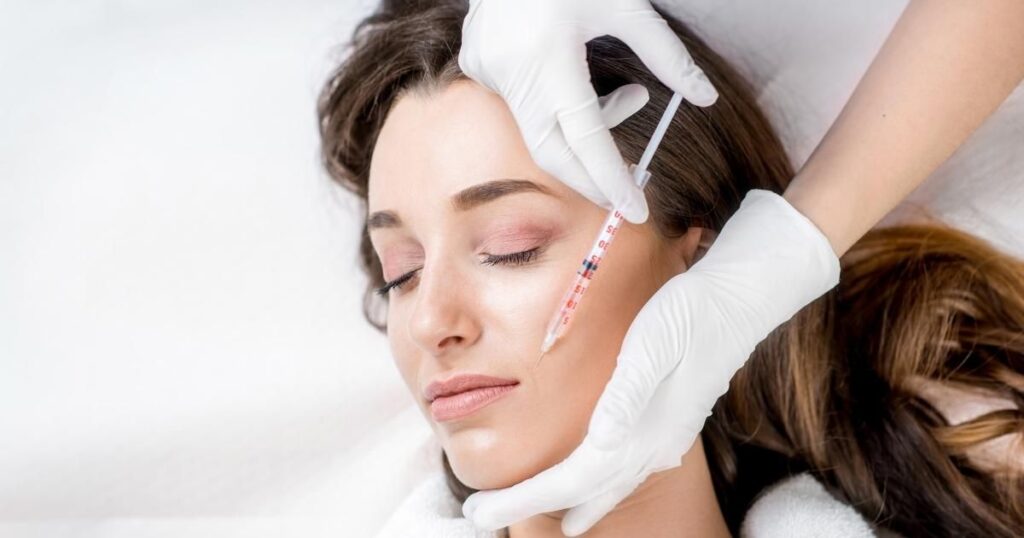
Botox generally has low risks and side effects, but some must be considered. These can include temporary bruising, discomfort at the injection site, and in rare cases, unwanted weakness in nearby muscles. Any adverse effects should be discussed with a healthcare provider.
- Temporary facial weakness or drooping
- Bruising at the injection site
- Swelling and redness
- Mild discomfort or pain
- Allergic reactions (rare)
Making an Informed Decision: Is Botox Right for Treating Bell’s Palsy?
Making a treatment decision can be challenging for patients with Bell’s palsy. This section aims to guide patients and their families through deciding if Botox treatment is the right choice. It will include considering factors such as symptom severity, patient preference, potential side effects, and the likelihood of benefit.
- Importance of patient autonomy in decision-making
- Factors to consider: Symptom severity, side effects, potential benefits
- Patient and doctor communication
- Assessing the risks and benefits
- Support systems for decision-making.
Navigating the terrain of Bell’s Palsy can be challenging due to this condition’s sudden onset and recovery variability. While traditional treatments have proven beneficial for many, the advent of Botox for Bell’s Palsy offers a new ray of hope. Though more research is needed, the existing clinical studies, patient stories, and medical insights paint a promising picture for Botox as a potential game-changer in treating Bell’s Palsy.
If you’re considering Botox as a treatment option for Bell’s Palsy and need personalised, expert advice, don’t hesitate to take the next step.
Visit Dr Tarek Bayazid to learn more about your options and book a consultation today. Let’s explore how Botox could help you on your path to recovery. Read this article to find out about the price of Botox in Dubai.

